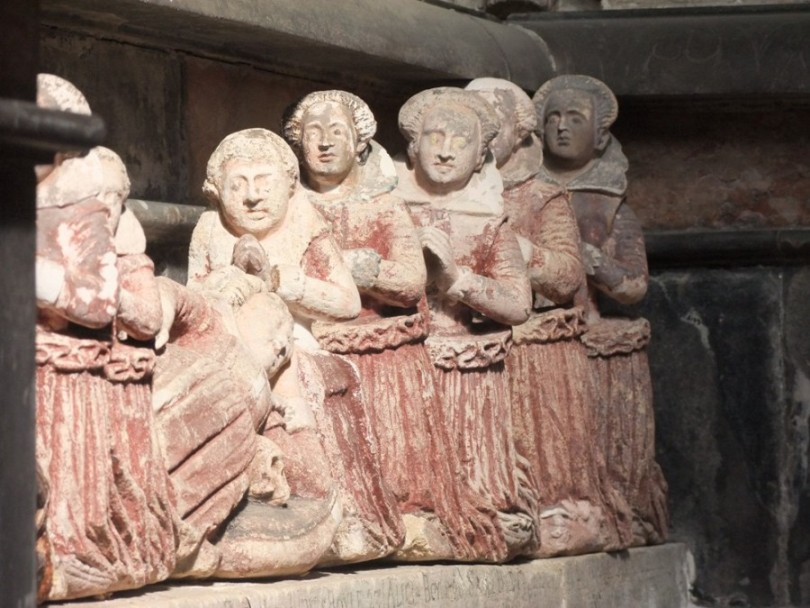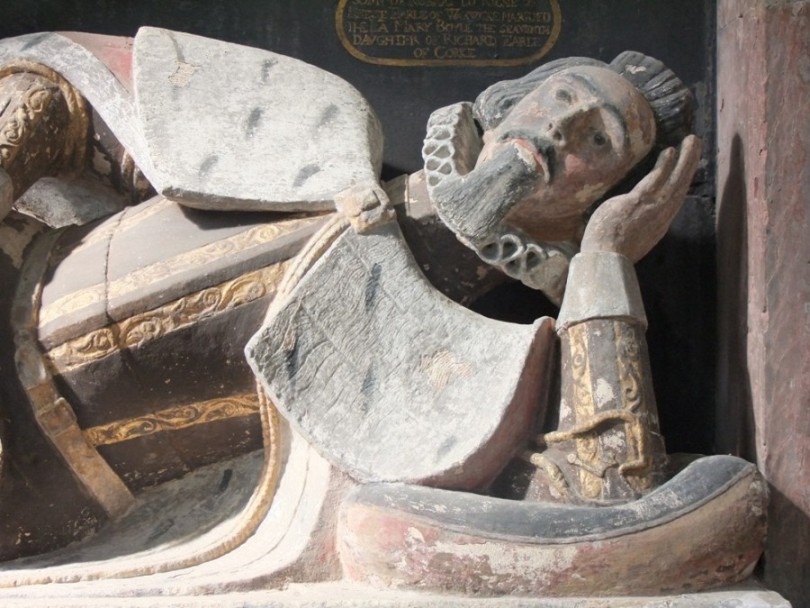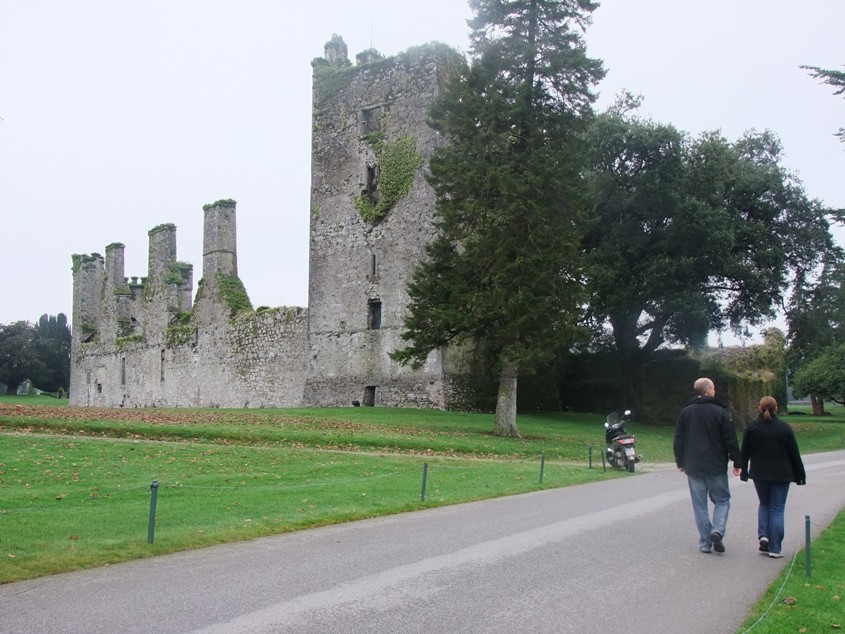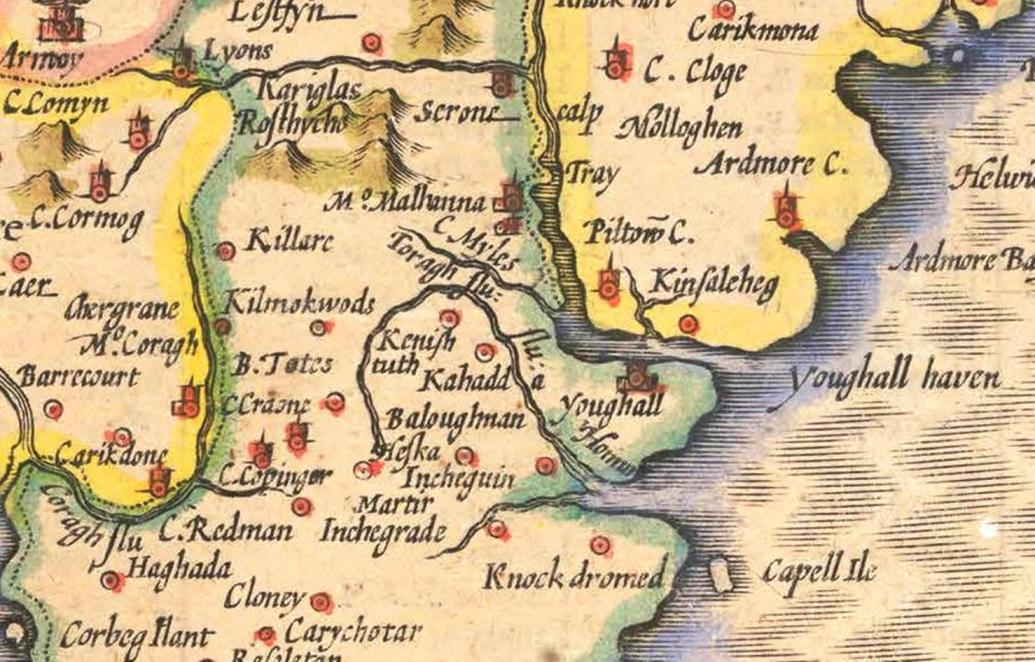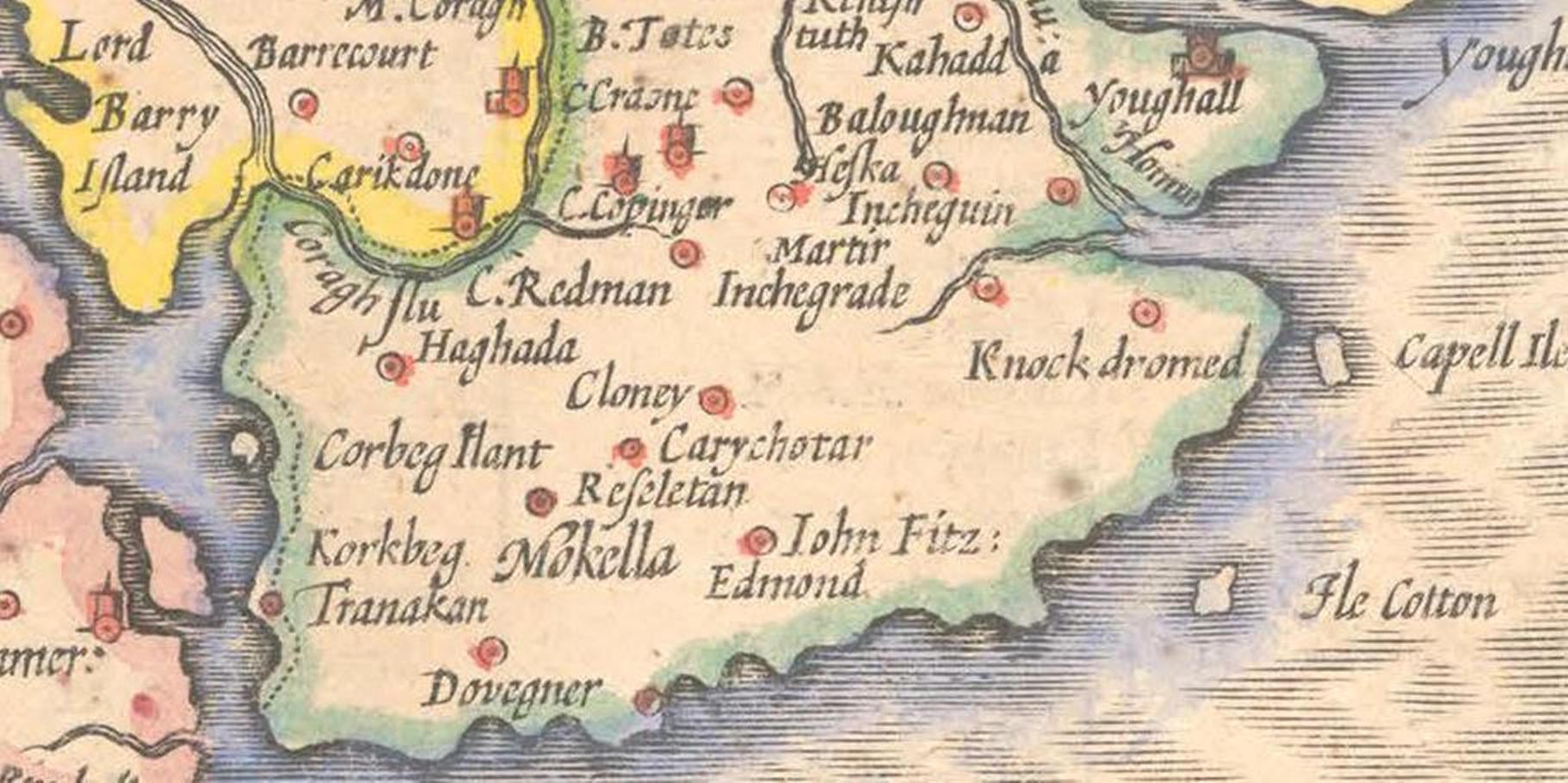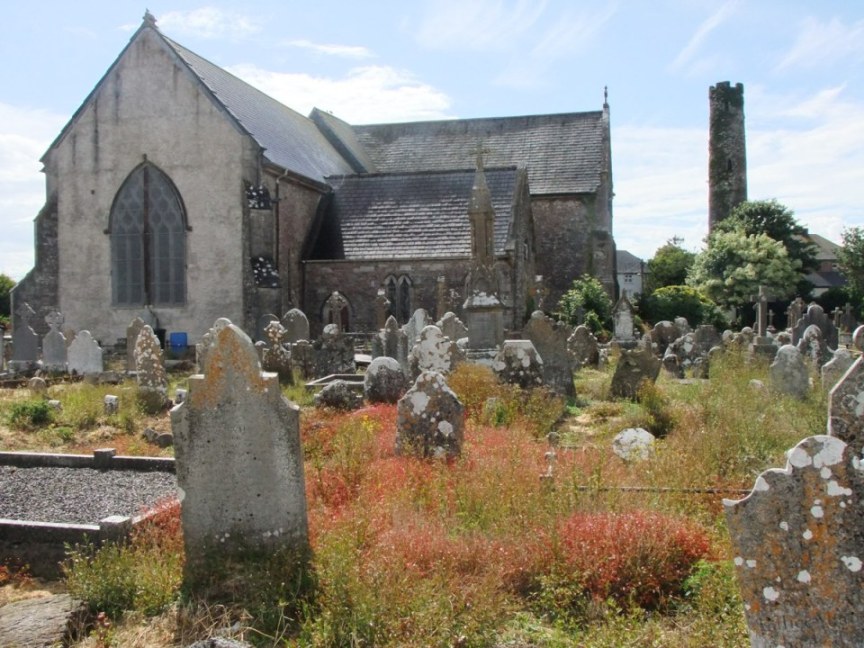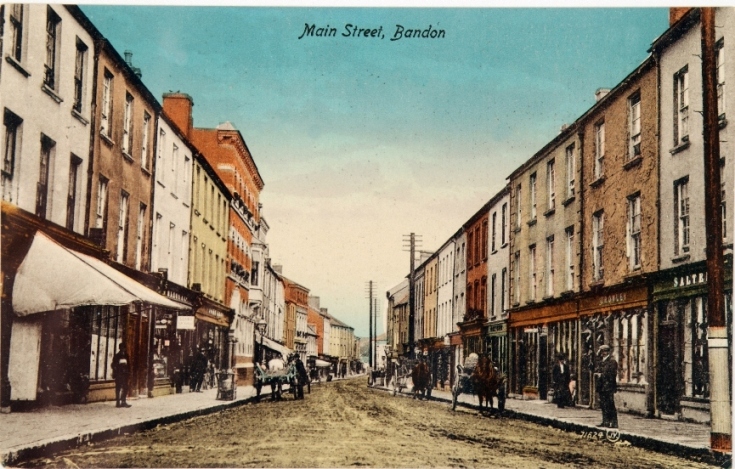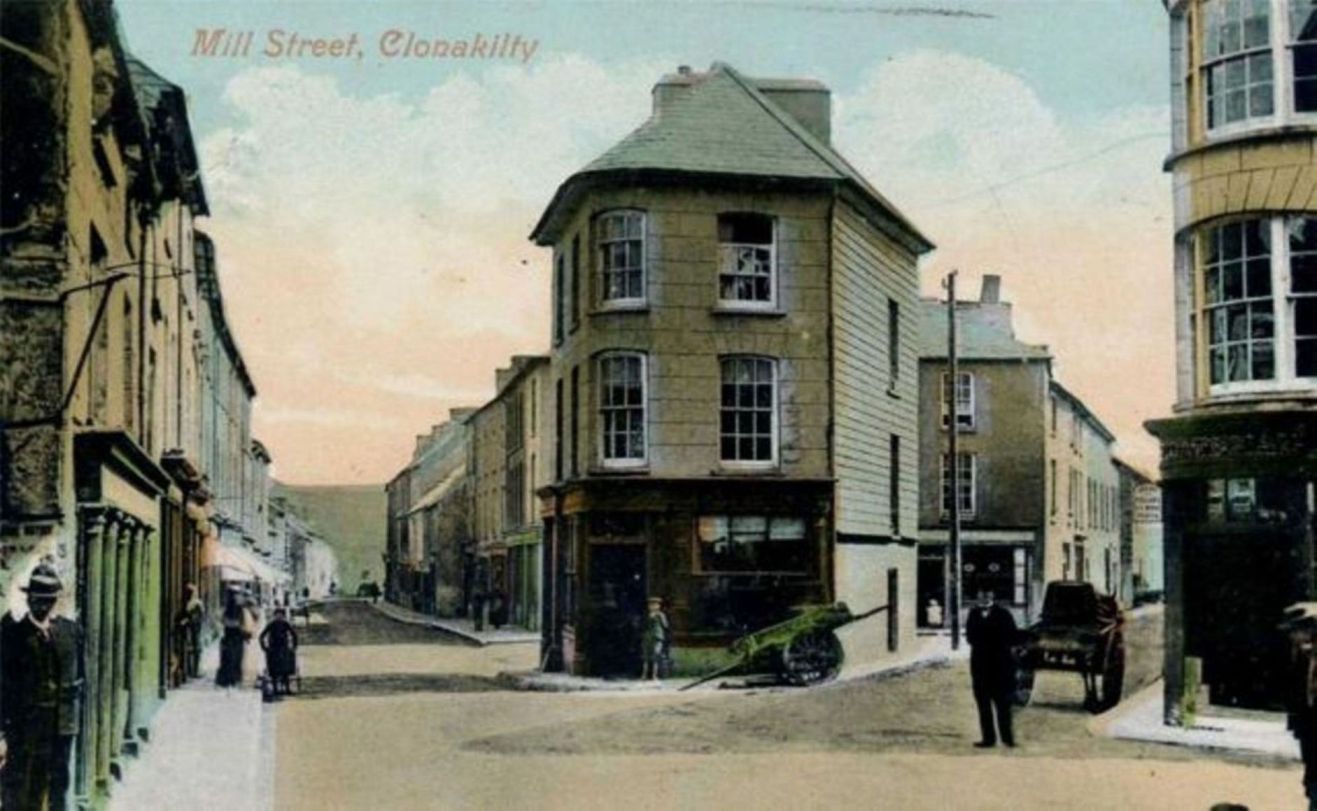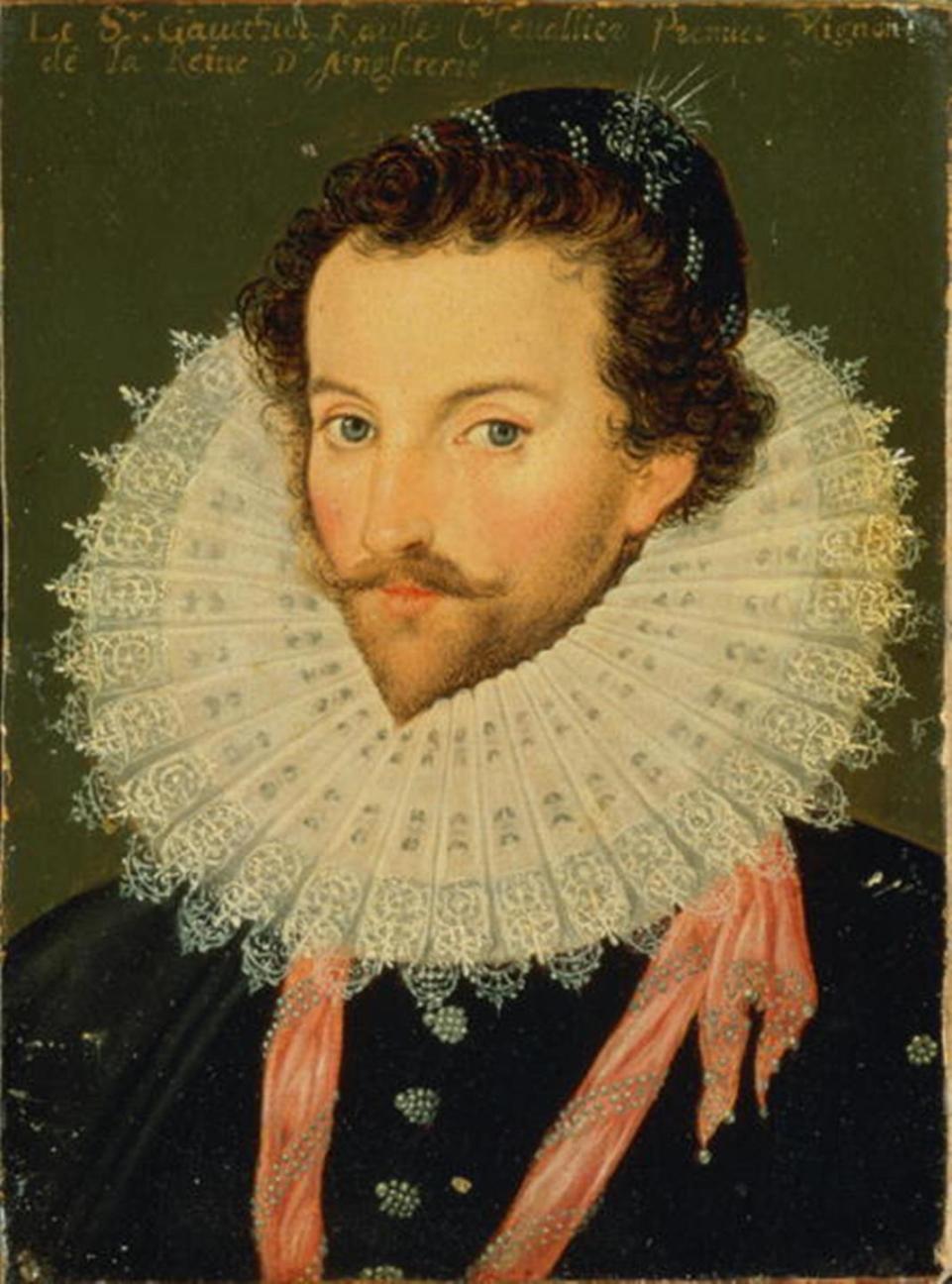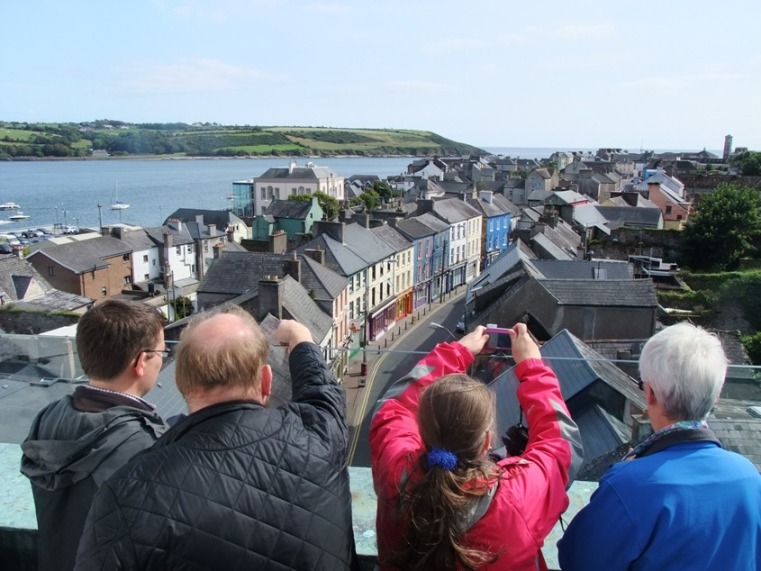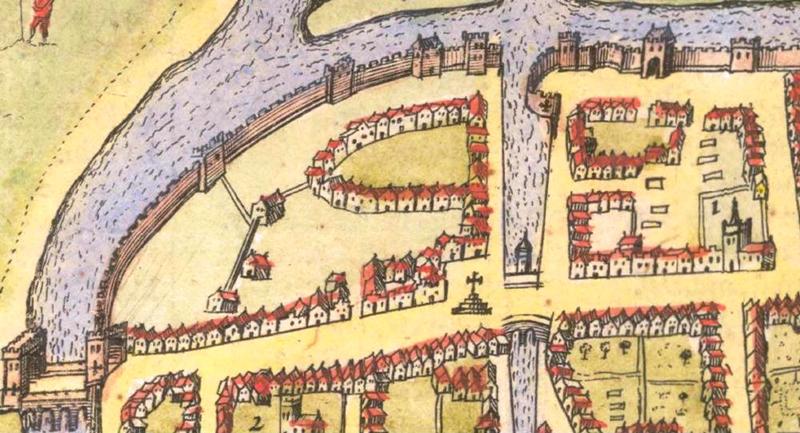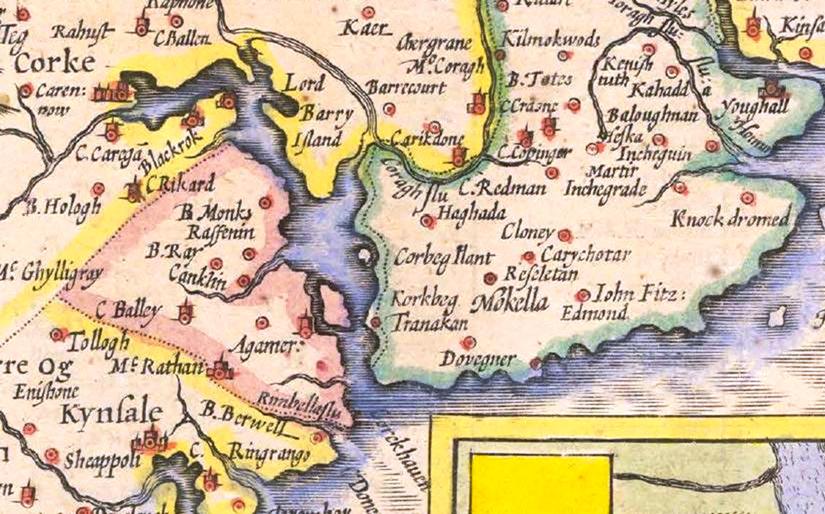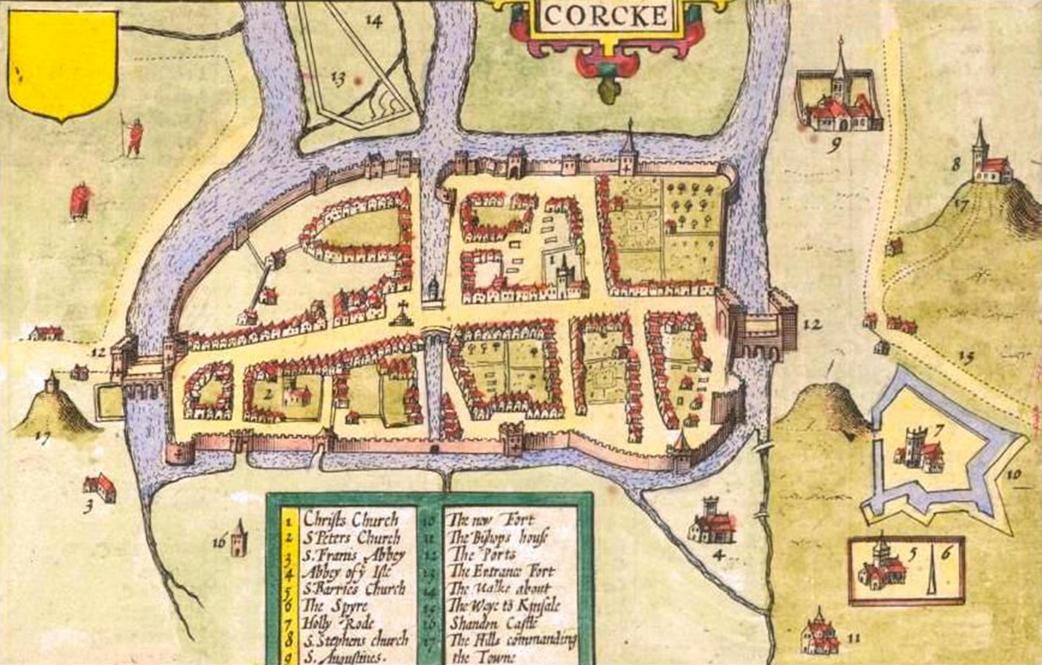Cork City Council Budget meeting, 16 November 2015
Comments by Cllr Kieran McCarthy
Introduction:
Can I compliment the CE on producing a balanced budget for next year. It is a very difficult task to achieve what you and your team have compiled and proposed here.
I have no doubt there was alot of questioning and debating the way forward. It seems like you have had quite a baptism of fire in the various ways this Council moves forward – development plan, boundary extension, funding issues – they are all about vast changes of mindset in terms of delivering local government for Cork.
CE, you speak about a “considered and reasonable balance” between the desirability of maintaining services and our ability to fund them, yes I agree there has been consideration and balance on your behalf – on the behalf of the city and the people we represent, the budget papers over huge cracks in the future but not by your hand. Your hand has revealed the vast number of difficulties in getting funding in place for the raft of Council services.
It seems like the Council is just hanging in there, if the Council was a tree, it is bent over in the wind. It is strong but needs supports to stabilise it. Its tree has been stripped bare by the economic storm that swept through here. The fruits of our revenue reserve are almost exhausted. The branches of our property tax don’t extend far enough to create a strong tree capable of bearing anywhere near how the Council used to be funded by government.
We seem to be caught in the same season for four years – a barren place where the City will need further financial help as the years go on – we are dependent on the rates of the 6,500 rate payers, development charges and so on. Everyone the Council engages with is calling out for help to move development and I think in fairness you and your team have accommodating the listening process as least to people’s concerns.
Different perspectives and listening:
I agree with your perspectives about not increasing the rates base and to sustain it at its current levels. Business activity has returned to the city but only just.
I think the ring fencing of the one per cent of the rates fund for economic development has brought increase entrepreneurial activity in the city. I think it is incumbent on us a city to maximize as much as possible levels of enterprise – that we are a city of start-ups and indigenous industry – I see our local enterprise office provided training to 190 owners/ managers in areas such as Finance, Cloud computing, and start your own business. Despite our great local enterprise office and their work, stronger signals need to be sent out highlighting the significant role of enterprise and SME’s in our city.
On the matter of car-parking, I note the drop in income. It is incumbent on us to market the two car-parks, Paul Street and Kyrl’s Quay. I think both need decent marketing plans to get more people to use them – perhaps use this time of loss to incentivise their use – I think the city centre strategy needs to move now to get more people into the city centre
I note as well the need to retain our investment into the Council’s vibrant Arts, Cultural and Festivals. This city earns millions of euros in the roll-out of the 24 festivals – our bars, restaurants, shops and hotels all benefit – and we need to keep investing in our tourism projects like Elizabeth Fort and keep pushing the National Diaspora project, which is a must for the city.
The ring-fencing of money for community projects is also great – so much good work goes on in our communities – and the Council direct sometimes we take for granted how much money is invested in making sure a men’s club is looked after, or a community association or a sports club – and all look not for big money generally but small monies to keep their operation in order.
These latter aspects and more are all positive items, which the Council must continue to invest in. There are alot of very positive threads in building and bridging communities in this budget document.
I don’t welcome the ongoing financial problems and emailing the people I represent noting I can’t help you in terms of social housing or roads or footpath maintenance. However, going forward, the city keeps evolving and further financial means will have to be secured.
Thanks Lord Mayor.
Ends.

